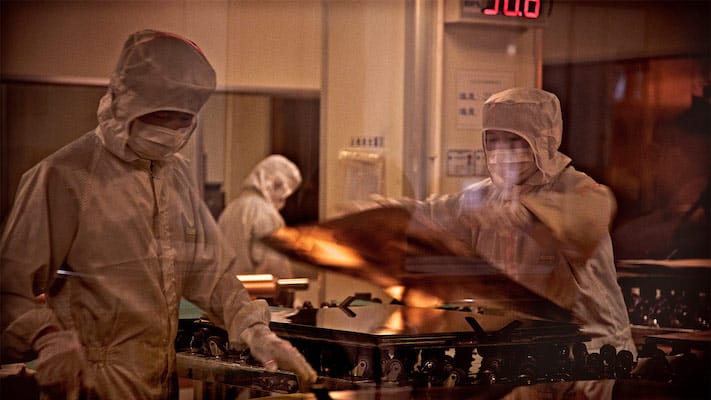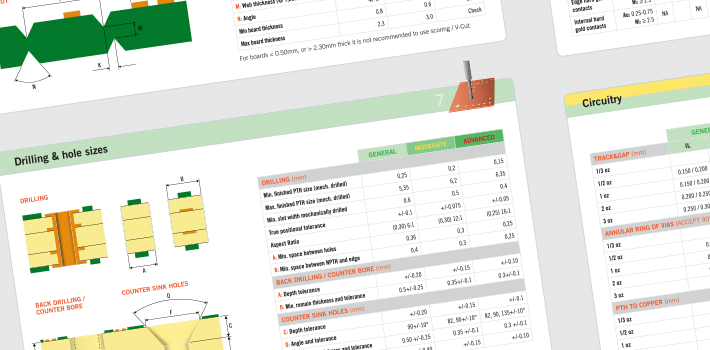
There are many articles that have explained the reasoning for the increased pricing, including this one here [Prices of Copper-Clad Laminates Continue to Rise (iconnect007.com)]. We are going to focus on how you can respond, but understanding some of the driving factors to increased price and lead time.
One of the biggest impacts to a board’s lead time is the callout of a specific material called in the fab notes. Customers are shocked when they find out boards can’t even start manufacturing until the factory can order the hard to find material. Why is that?
The material
It’s most likely because the fab notes call for a specific material that isn’t widely available, or is common to a local region. Not only does it take time for a factory to source and receive the material, it often means this material will come at a premium price. In previous years it was easy to overlook the added cost of material, but now it’s time to take another look at how changes to material can save both time and money.
When assessing material, the first thing an engineer should do is assess the end equipment application. You should think twice before changing material on Medical and RF applications, but a majority of boards aren’t going into high performance or harsh environment electronic products. Two magic words can unlock availability of material…. “or equivalent”. This means that the factory is allowed to use an IPC identified equivalent to the material choice you called out. This can often be confirmed by checking the material datasheet, but essentially it comes down to having strong relationships with the factory in order to have the control and knowledge that you are risking quality in order to give you a shorter lead time and possibly a lower price.
Another hint about the material; look at the Tg requirement. Understanding your reflow/soldering cycles for your end application means that you can chose the right Tg requirement for the PCB and save the extra material cost.
In addition to the material, you should check into the copper weight used on your board. Increasing copper weight is great way to increase current carrying capacity, but also comes at a premium. We’ve noticed that many boards designed with 2oz copper, are done so without actually needing the current carrying capacity, and could have been designed with lesser a copper weight, thus reducing both cost and availability without hampering the final application.
The copper weight
If you’re adding extra copper weight because of reliability, consider this; if you’re working with a quality partner for your PCBs, you shouldn’t have to worry about inconsistencies in copper thickness. At NCAB we always plate vias to class 3 CU thickness in holes. As the vias are usually are the weakest link.
The surface finish
We also recommend you to consider what surface finish your boards have. Did you know that Immersion gold (ENIG) surface finish can increase your PCB cost by ~20% o on otherwise standard 2L boards? This is a way to save significant costson your PCBs . There are cost-effective options like lead-free HASL that can be used instead for some PCBs. Here are a few indicators that you can use lead-free HASL (LF HAL) instead of ENIG.
First consider the characteristics of the ENIG finish. ENIG has an electroless layer of nickel followed by a thin layer of immersion gold plating. The plating method results in a flat surface finish that is great for assembly rework on quite specific components. ENIG works best for BGA components due to the flat finish. If your design is mostly through hole components, or at least don´t have critical BGA components, ask your PCB manufacturer how much you could save if you switched to a LF-HAL surface finish.
Adapting to changes in supply chain will help you to maximize profit without sacrificing quality. There will always be nuanced questions, so our team at NCAB is here to help. Reach out to your local NCAB office if you’d like to discuss further.

PCB design tools
For more advice about PCB design or applications of PCBs, we
have different PCB tools that can be downloaded for free.
